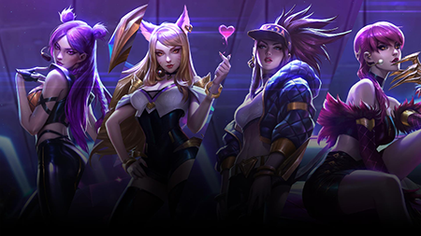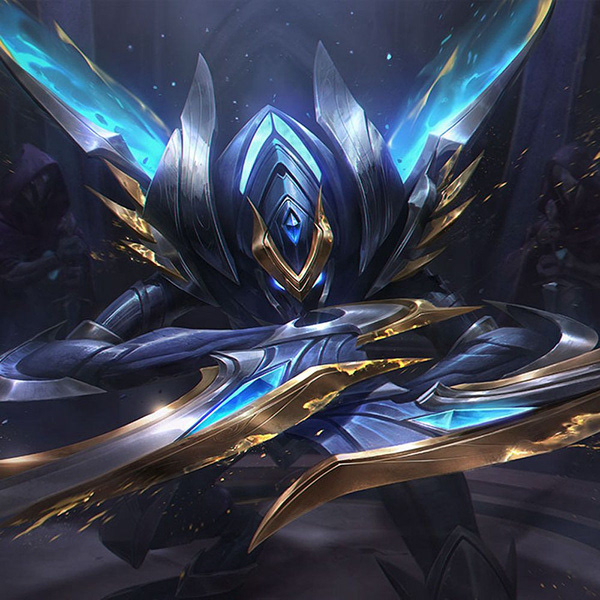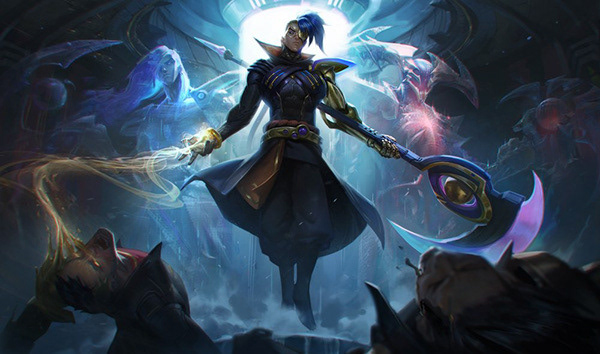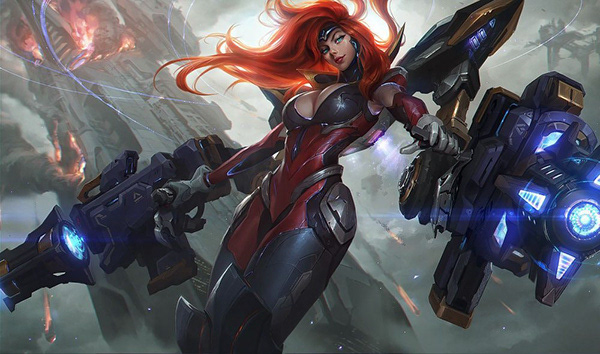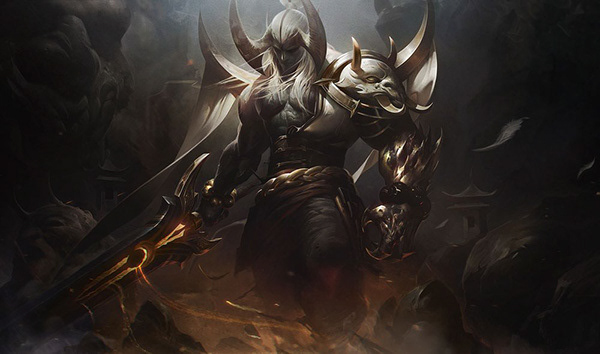I worked on League of Legends on the Gameplay Analyst Team to be able to act as a subject matter expert on all content that was being developed and integrated into League of Legends.
While working on League of Legends, I was responsible for the following:
• The development of 17 unique League of Legends Champions, that collectively were played by over 150,000,000 players globally.
• Shipping 3 unique Seasons which completely changed the scope of League of Legends and challenged the convention players were used to.
• Validated champion designs, balance changes, and systemic alterations in League of Legends with a focus on a healthy game-state and positive player experience.
• Led testing for new tools to optimize design workflow and testing quality across all disciplines in League of Legends.
• Collaborated with the Skins and Champions Team to create the largest and biggest beat of League of Legends, K/DA - one of the most successful revenue generators and cultural phenomenon revolving around League.
• Acted as the Champion Team liaison, bridging the dialogue loops between the Gameplay Analyst Team and Champion Team.
The focus I had as a Gameplay Analyst was to be able to validate the inherent design goals of the main Champion Designer. Each Champion Designer would have an objective and my responsibility was to ensure that those objectives were met, or alternatively, showcase to the Designer that the objectives could not be met reasonably so we can collaborate and rework the character.
• Sylas: The design goal of Sylas was creating an ability-power bruiser character that had "gameplay variances" contingent on the opponent he was facing, specifically that he stole ultimate abilities. As such, Sylas' power-budget was focused more heavily on his ultimate, which resulted in the character having a weaker power-budget for the remainder of his kit. This character ultimately had major design problems in the inherent pitch primarily because if he was ultimate-centric, his character lacked satisfaction in the remainder of his output - but if he was too strong on his base-kit, then his ultimate needed to not be as effective as a traditional ultimate. As such, we ran into a lot of problems in development to ensure that the character would be able to sufficiently thrive in the League of Legends ecosystem.
• Qiyana: Ultimately, the goal of Qiyana was to be able to create a high-agency, high-tempo Assassin with multiple means to access their Assassin gameplay. However, a core goal and objective by the designer was ensuring that she had teamfighting capabilities. The holistic problem with having an Assassin who can teamfight is that teamfighting is the core weakness for Assassins since they strive to pick one person out at a time in a fight, while simultaneously looking to escape right after. During development, we needed to ensure that her "total kit attack damage power budget" was diminished to ensure that she wasn't too powerful and a master of all trades. In addition, since her gameplay used unique tech which required players to be able to engage with "terrain", this added in another design difficulty around the character as historically, players have had references to other characters to be able to have a sufficient learning curve. Qiyana, we hypothesized, would have no character references and would be a holistically unique character, likely resulting in a weaker "launch" state.
• Pyke: Pyke was likely the most controversial character the Gameplay Analyst team worked on primarily because of the role Pyke was intended to play in. The intention of Pyke is to be a hyper-carry support that used Assassin gameplay. Supports, in general, are "low-economy" characters - and as such, it was inverse to the philosophy of the role entirely. The key problems we identified while working on the character is how do we ensure that the character has sufficient weaknesses (e.g., we made his character unable to build tank - which has historically been a massive problem for other champions) while simultaneously ensuring that he isn't overly frustrating (we gave a lot of clear gameplay patterns - such as the channel of his Q, audio cues when he's nearby). There were other problems that needed to be resolved, such as ensuring that the character wasn't sufficiently overpowered in other roles such as mid-lane, due to the nature of his gold-sharing mechanism in his ultimate.
• Lillia: Lillia ultimately was one of the projects that ended up failing but being reworked at a later date; the initial proposal of Lillia was a "time-gated role-swapping character", meaning that the character started off as an Assassin in the proposal, but would pivot into a Bruiser. Essentially, she operated as a "Night-Day" character. The problem with this is that, when the decision is outside of the user control, the player can find themselves exceedingly frustrated as the transformation occurs - many portions of her kit were ultimately re-integrated into future champion designs like K'Sante.
• Kai'Sa: Kai'Sa was one of the least risky projects that was worked on, being a high-risk, high-reward AD Carry. The most complicated part of her design that we struggled to resolve was allowing her to have a specific amount of auto-attack length; so initially, while working on her, a lot of time was spent on validating the distance that she should be able to auto attack (which ultimately was nerfed down to a 500 range). In addition, her itemization allowing her to have a variety of different gameplay patterns were perceived as being a potential problem - however, it took several years for the problems to emerge, ultimately resulting in her gameplay variances to be nerfed.
• Aphelios: Aphelios was intended to be a high complexity Attack Damage "lane carry" that had multiple methods to access their core gameplay loop. This character had massive difficulties in development, primarily because of the sheer level of complexity that he engaged with; initially proposed with over 56 unique guns, Aphelios was slowly brought in line to ensure that the player did not require a college degree to be able to engage with the character. Overall, he ended up launching without major issues; but during development, there were specific times in which we really didn't have a clear understanding of what the gameplay patterns were intended to be.
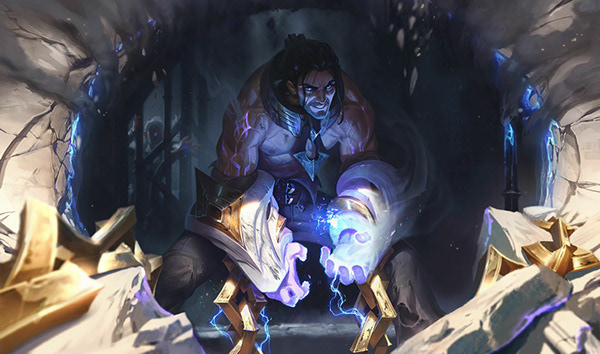
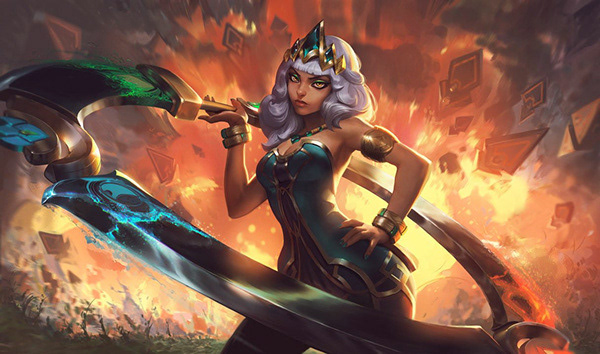
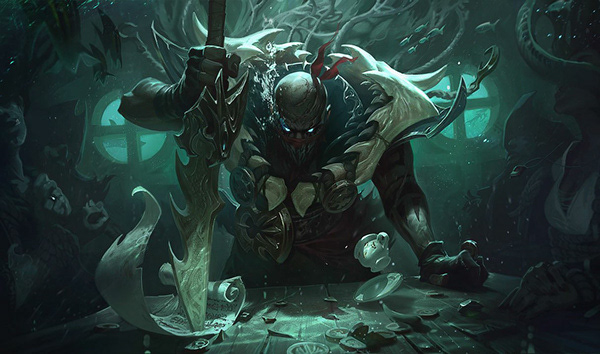

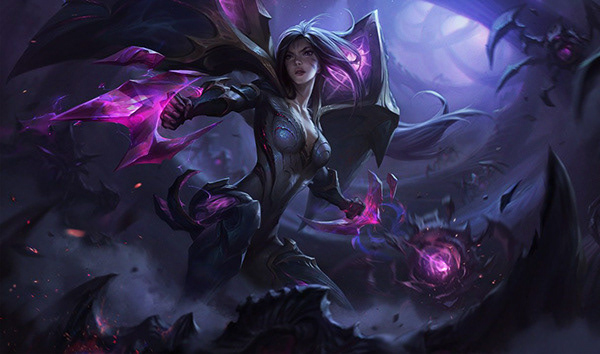
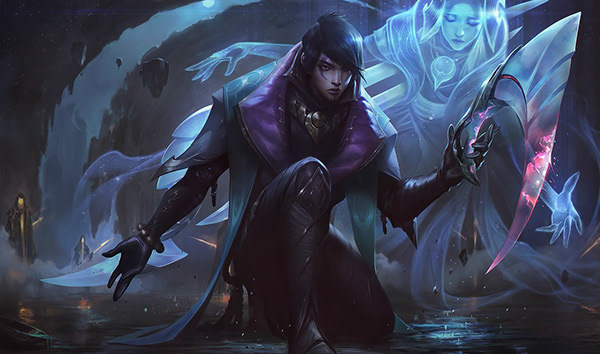
A main focus of my work was primarily around Gameplay and Visual Gameplay Updates, which are intended to "update" a character kit to be more in-line with the current game; or alternatively, to make a character's kit conventionally more "healthy" for the game state.
• Rengar: This project was actually the most important project I have ever worked on in my career; part of the reason I applied to Riot Games was to be able to "fix" my favorite League of Legends character - Rengar had been reworked a few years prior during a problematic gameplay adjustment referred to as the Assassin rework. As such, Rengar no longer engaged with his core gameplay elements, namely his auto-attack resets, which players were incredibly passionate about. In collaboration with Riot Repertoir and Riot August, we undid the initial Assassin rework with major adjustments made to Rengar's kit to ensure that he was sufficiently not overloaded, resulting in a massive increase in his champion play-rate.
• Xin Zhao: This was a fairly straightforward project that was handed to me, ensuring that Xin Zhao had a more expressive "core gameplay loop"; this involved adding decision-making into Xin Zhao's kit from his original design of "all-in only". The key change was integrating a skill-shot onto his W spell, which enabled Xin Zhao to be able to extend his "dash range". In addition, we set up a unique ability that "blocked all spells" from hitting him unless they were in his "battle zone".
• Volibear: Volibear had an incredibly cool number of mechanics that were tested in development, including a permanent CC immunity, terrain dashing, and other neat abilities. Ultimately, the design goal of Volibear was emphasizing his "Godly" status - while simultaneously ensuring that he maintained his somewhat "magical-tank" identity. The kit, overtime, resulted in the kit we have today which is focused on early game aggression and does not scale effectively into the late game.
• Swain: Swain initially had major issues to ensure that we could sufficiently reach the Design Goal of an "Unstoppable Demon Battle Mage". The problem was trying to identify where his high-moments should come from; should Swain have high-moments in a variety of different parts of his kit or should it be siloed into his ultimate? Initially, the proposal was to focus it on his ultimate - which resulted in Swain being atrocious, until he achieved his Ultimate through a variety of different methods (my personal favorite was the "suicide strategy"). When he earned his Ultimate, he'd automatically kill the entire enemy team. Finally, a new designer took over and Swain was reworked to have a healthy power budget, with a favorable power budget towards his ultimate but not overwhelmingly so.
• Pantheon: Pantheon had an incredibly primitive kit at the time of his rework, which yielded a much more exciting gameplay loop once he was given more agency. The main question that needed to be answered was Pantheon's identify - and ultimately, it was decided that Pantheon should be focused as a Top or Mid laner. The major problems that we ran into on Pantheon was through his "Tower Immunity" in his E spell and his capabilities as a Support when he first released.
• Morgana: Morgana was primarily a Visual Game Update, with some modernization conducted on her kit to ensure that she was a little bit more exciting - but otherwise, she did not have any major adjustments.
• Kayle: Kayle was made in collaboration with Morgana but with dramatically more distinct changes to her kit; her design and power fantasy was focused around being able to start off as "nothing" but slowly involve into an "ascended, unstoppable angel". That meant that her early game needed to be tumultuous and torturous, in exchange for being unshackled in the mid to late game; the key elements that needed to be resolved was "how unstoppable should she be?, as well as "how terrible should she be?". The focus around those questions were the main two levers on identifying how to ensure that the character was playable and still exciting.
• Evelynn: Evelynn was the first project that I worked on when I joined Riot Games; as an avid jungle player, I found that the reworked Evelynn had a much more compelling fantasy - but also found her to be exceedingly difficult to maneuver in development. The key aspect of her new design fantasy was "scaling AP burst mage...assassin". Her design was close to locked when I was given the project, but the problem I had was that fine-tuning how "weak" she needed to be early-game took rigorous testing, including active play-tests where I needed to ensure that I was sufficiently unhappy as the enemy jungler came in and ruined my day. Overall, she ran into minor issues during development, but was sufficiently popular on launch.
• Diana: Diana was a small-scope project initially that became transformative overtime - as one of the highest mastery Diana players at Riot at the time, I was very focused on ensuring that this character was sufficiently exciting. Her power balance needed to be dramatically adjusted due to her ultimate becoming a "real ability". In addition, we pivoted her back to an "auto-attack focused AP mage", rather than being an AP-burst assassin, which we felt was oversaturated at the time.
• Aatrox: Aatrox was a complicated project primarily because the design goals misaligned with the vision of what the Aatrox players wanted. Aatrox players wanted a character that still had a focus on "auto-attacking" - whereas, the design goal of the character was to be able to execute a character with "Godly, Bruiser/Juggernaut energy" that was combo-based. As such, while the character delivered effectively, we failed here primarily because the character lost it's initial userbase.
• Fiddlesticks: Fiddlesticks was one of the most exciting projects I've worked on; primarily because the focus on this project was to ensure that we could sufficiently scare players without overwhelming them too much. We created a concept known as "Effigies", which were essentially just wards that looked like Fiddlesticks. What was cool, however, is when we used basic enemy AI to have the Fiddlesticks effigies "mimic" normal player behavior to scare players. The only other major element we changed was making his E be more skill-expressive, but otherwise the character largely remained the same (other than his AoE W and some mechanics around his Q).
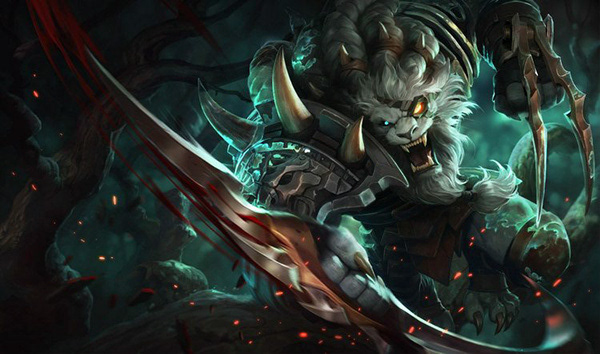




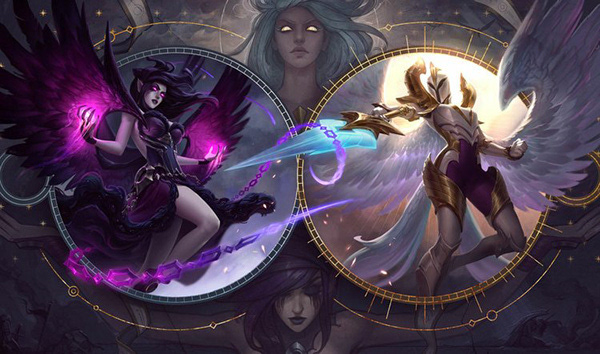

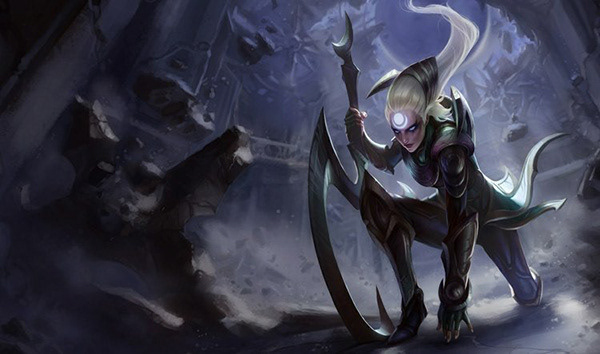
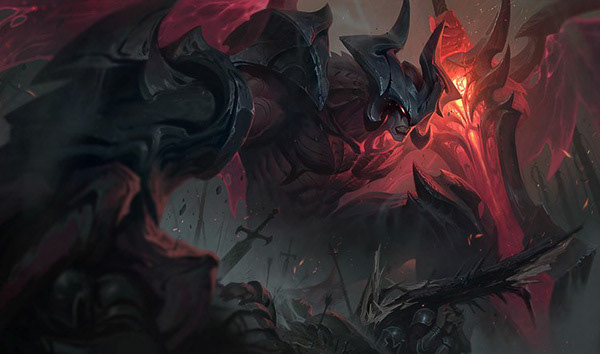
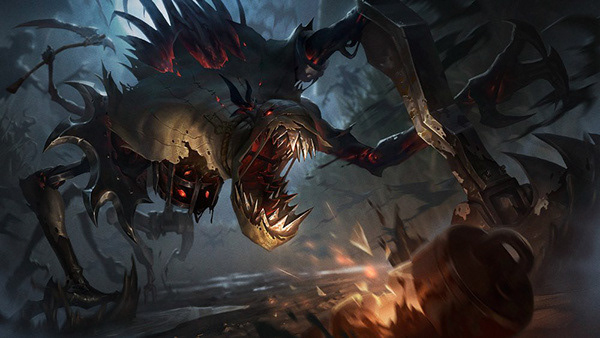
League of Legends launches a new Season annually and I worked on 3 major Seasons being Seasons 8, 9, and 10.
• Season 8: Season 8 primarily removed the initial "Runes & Masteries" concept and integrated a new concept known as "Runes Reforged" which allowed for players to have more customizability involved in their games, including being able to change their gameplay on a game-to-game basis.
• Season 9: Season 9 primarily focused on balance tuning and adjustments, with some minor systemic changes to ensure that we had sufficient resources for Season 10.
• Season 10: Season 10 integrated "map variances" in which the map changed dramatically through the integration of a concept known as Elemental Dragons. These Dragons caused the map to adjust dramatically which naturally made players need to adapt on a game-to-game basis and made the gameplay overall more dynamic.
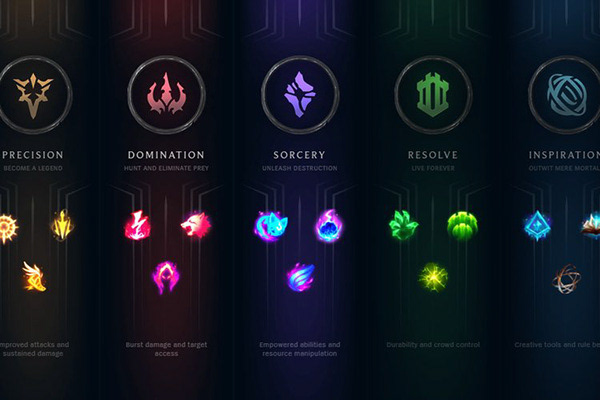
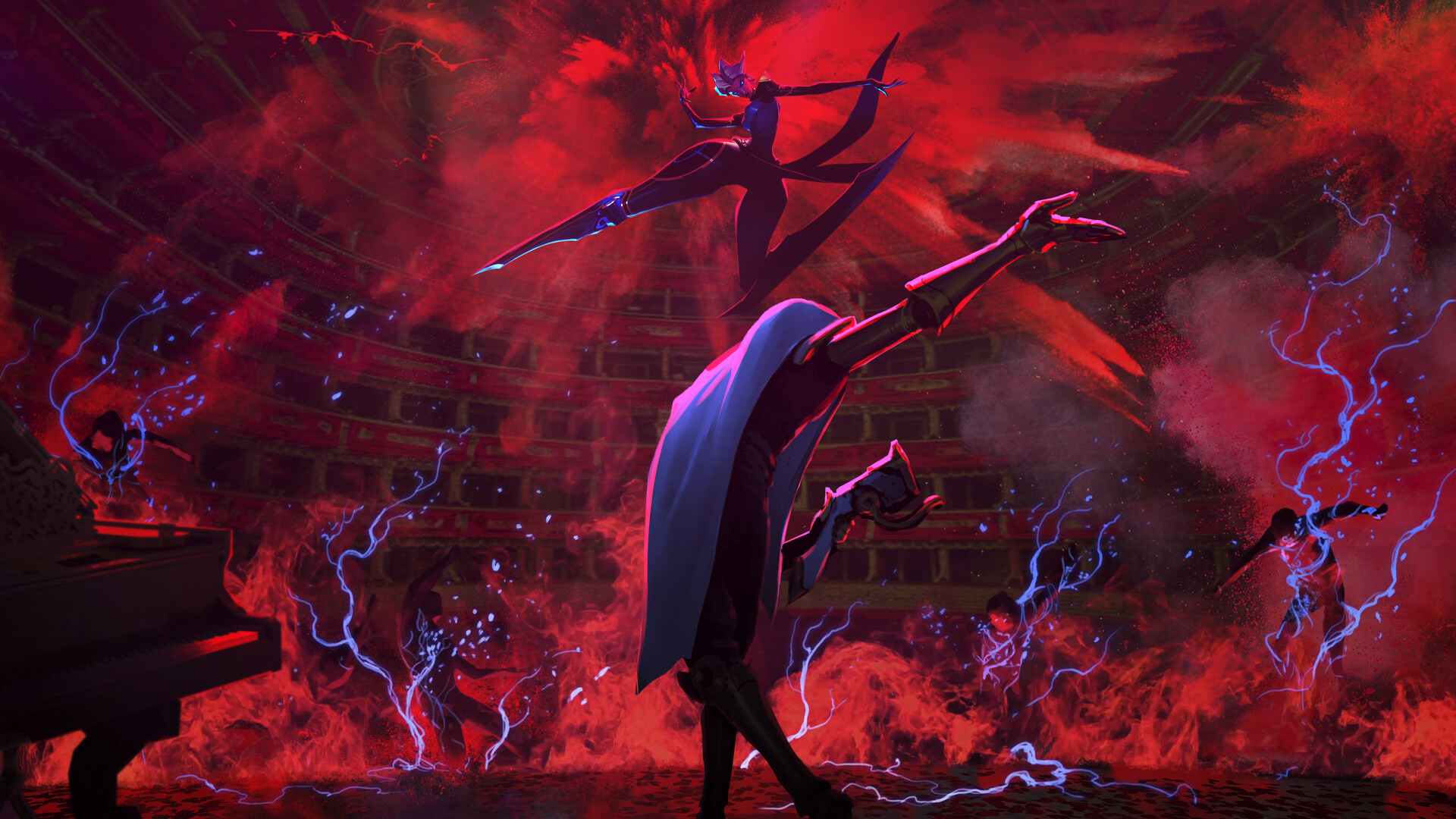
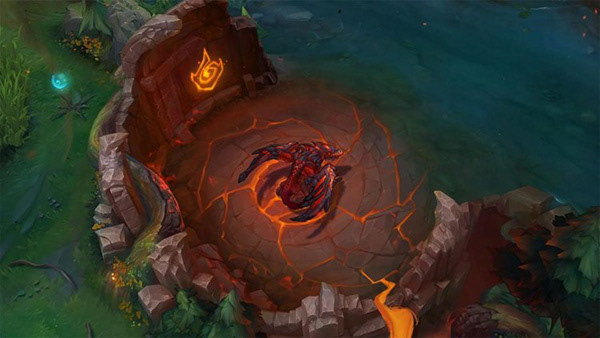
I worked with the Maps & Modes team to validate the design of three major game modes, specifically Odyssey, Nexus Blitz, and Project Overcharge. These products were incredibly popular with the playerbase and have each occasionally seen returns to gameplay!

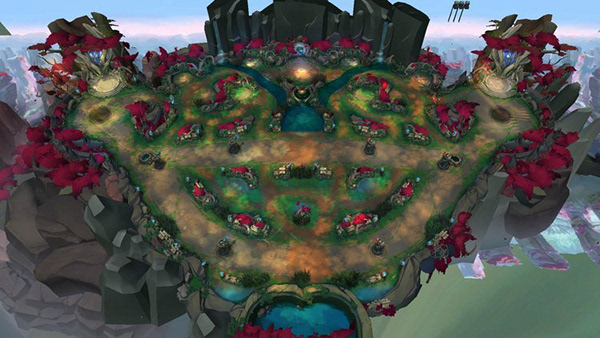

I worked closely with the Skins Team and Champions Team on advocating for and validating design goals for hundreds of skins, but these skins are the ones I had the most passion for!
